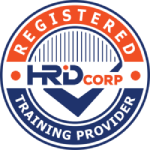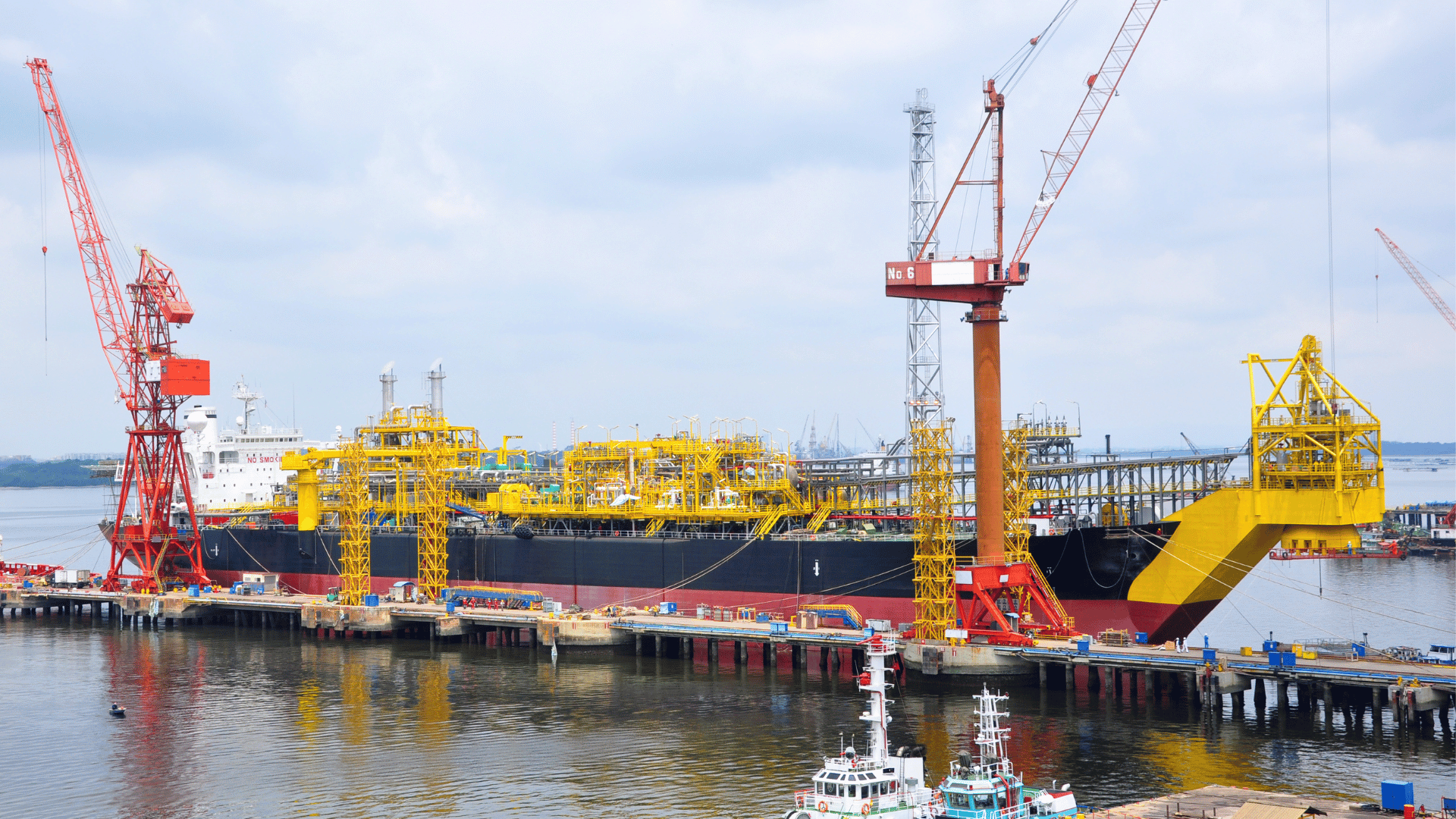About this Blended Virtual Instructor Led Training (VILT)
“Let the data speak for itself” is something that many scientists mention when referring to Machine Learning (ML), indicating that hidden or latent relationships between observations and classes of (desired) outcomes can be derived using these algorithms.
Examples are in the field of seismic processing (first arrival picking), interpretation (facies prediction) and other related areas. Often, we resort to statistical relationships. Then Machine Learning enters into the game, from a range of labelled data (called instances), we can derive a linear/nonlinear relationship (model in ML terminology) that predicts the label (supervised learning) of new data (instances in ML terminology). But sometimes, it is already useful if an algorithm can define separate clusters, which then still need to be interpreted (unsupervised learning). Even more sophisticated is semi-supervised learning: labelled and unlabelled data together are clustered whereby the unlabelled data then receives the label of the dominant class present in the cluster.
The aim of this blended VILT course is to introduce how Machine Learning (ML) is used in predicting fluids and lithology. It will give participants an understanding of the “workflows” used in ML. The used algorithms can be studied separately using references. Powerpoint presentations and videos will introduce various aspects of ML but the emphasis of this VILT course is on computer-based exercises using open-source software. These exercises will deal with pre-conditioning the datasets (balancing the input classes, standardisation & normalisation of data) and applying several methods such as Bayes, Logistic, Multilayer Perceptron, Support Vector, Nearest Neighbour, AdaBoost, and Trees to classify the data. Non-linear Regression is used to predict porosity.
In the first part of the blended VILT course, the emphasis is on the most common applications while the second part will delve into more detail on how Machine Learning works. In addition, it will be demonstrated how Machine Learning can be used for Seismic Facies and Seismic Fault prediction using programs implemented in Google Colab.
All those interested in understanding the impact that Machine Learning will have on the Geosciences and then the impact on lithology and pore-fluid prediction. Hence, this blended VILT course is intended for geologists, geophysicists and engineers, involved in exploration and the development of hydrocarbon or mineral resources.
This blended VILT will be delivered online in 4 half-day sessions, with participants spending a lot of time on self-paced learning to run through videos, exercises and online quizzes. Your expert course leader will be online for the Q&A session before the start of Days 2 and 4. Throughout the 4 half-days, he will be available to correspond with participants either through email or the Moodle Discussion Forum to answer participants’ questions and clarify any doubts.
Your expert course leader has degree in Geology (University of Leiden), a Master’s degree in Theoretical Geophysics (University of Utrecht) and a PhD in Utrecht on “Full wave theory and the structure of the lower mantle”. This involved forward modelling of P- and S-waves diffracted around the core-mantle boundary and comparison of the frequency-dependent attenuation of the signal with those obtained from major earthquakes observed at long offsets in the “shadow zone” of the core. These observations were then translated into rock properties of the D” transition zone.
After his PhD, he joined Shell Research in The Netherlands to develop methods to predict lithology and pore-fluid based on seismic, petrophysical and geological data. He subsequently worked for Shell in London to interpret seismic data from the Central North Sea Graben. As part of the Quantitative Interpretation assignment, he was also actively involved in managing, processing and interpreting Offshore Seismic Profiling experiments.
After his return to The Netherlands, he headed a team for the development of 3D interpretation methods using multi-attribute statistical and pattern recognition analysis on workstations. After a period of Quality Assurance of “Contractor” software for seismic processing, he became responsible for Geophysics in the Shell Learning Centre. During that period, he was also a part-time professor in Applied Geophysics at the University of Utrecht.
From 2001 to 2005, he worked on the development of Potential Field Methods (Gravity, Magnetics) for detecting oil and gas. Finally, he became a champion on the use of EM methods and became involved in designing acquisition, processing and interpretation methods for Marine Controlled Source EM (CSEM) methods.
After his retirement from Shell, he founded his own company, specialising in courses on acquisition, processing and interpretation of geophysical data (seismic, gravity, magnetic and electromagnetic data), providing courses to International and National energy companies.
In the last couple of years, he became keenly interested in the use of Machine Learning in Geophysics. Apart from incorporating “Artificial Intelligence” in his courses, he also developed a dedicated Machine Learning course for geophysics.
Unlock the potential of your workforce with customized in-house training programs designed specifically for the energy sector. Our tailored, in-house courses not only enhance employee skills and engagement but also offer significant cost savings by eliminating travel expenses. Invest in your team’s success and achieve specific outcomes aligned with your organization’s goals through our expert training solutions. Request for further information regarding our on-site or in-house training opportunities.
In our ongoing commitment to sustainability and environmental responsibility, we will no longer providing hard copy training materials. Instead, all training content and resources will be delivered in digital format. Inspired by the oil and energy industry’s best practices, we are leveraging on digital technologies to reduce waste, lower our carbon emissions, ensuring our training content is always up-to-date and accessible. Click here to learn more.
To further optimise your learning experience from our courses, we also offer individualized “One to One” coaching support for 2 hours post training. We can help improve your competence in your chosen area of interest, based on your learning needs and available hours. This is a great opportunity to improve your capability and confidence in a particular area of expertise. It will be delivered over a secure video conference call by one of our senior trainers. They will work with you to create a tailor-made coaching program that will help you achieve your goals faster.
Request for further information about post training coaching support and fees applicable for this.
Learn what past participants have said about EnergyEdge training courses
I gained a good understanding of the principles on which Machine Learning is based and the process involved
This course has provided a much-needed base to better understand the applications and the pitfalls of Machine Learning
What I liked about the course is ‘The focus on Principles’
Good course, focused on understanding the fundamental principles of Machine Learning




